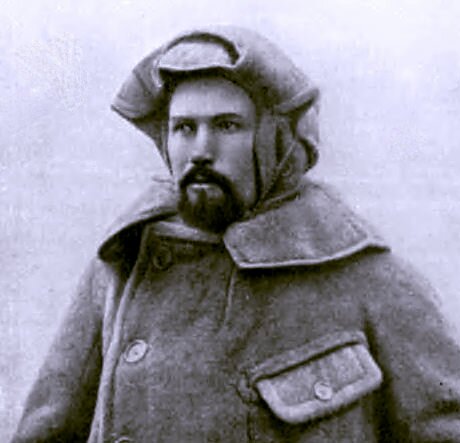
Above: This vast expanse of snow is typical of the surface of the continent of Antarctica. Image captured from the top of a 32 metre tower at Dome C Station (Image credit: Stephen Hudson, 2004, via Wikimedia Commons).
13,829,430 km² – the surface area of Antarctica (14 million square kilometres, or 5.4 million square miles).
224,820 km² – the surface area of the UK, in square kilometres.
58 – the approximate number of times the surface area of the UK could fit into Antarctica (the USA could squeeze in 1.4 times).
8.8% – the amount of the surface area of the world’s oceans that Antarctica represents (and 8.7% of the volume).
97.6% – the amount of the surface area of Antarctica that is covered by ice.
30 million km³ – the volume of ice contained in the Antarctic ice sheet, in kilometres cubed.
8:1 – the approximate ratio of ice in Antarctica compared to the Arctic (about 8 times more ice in Antarctica).
90% – the amount of the Earth’s ice contained within the Antarctic ice sheet.
2,160 meters – the average thickness of the ice sheet.
4.7 kilometres – the depth of the ice sheet at the thickest part (4,776 metres).
2,555 meters – the depth the ice is known to reach below sea level at the thickest part.
70% – the amount of the Earth’s fresh water this ice contains.
40,000 miles² – the approximate increase in sea-ice each day during winter, in square miles, caused by the ice expanding.
10 cm – the average annual precipitation on the continent.
8 – the number of individual dinosaur discoveries made in Antarctica, the first in 1986 (on James Ross Island) and the most recent in 2012 (in the Transantarctic Mountains).
12 million miles² – the approximate overall increase in sea-ice during winter, in square miles, an increase of around 90%.
-56°F – the average annual temperature of the South Pole.
-89.2°C – the coldest temperature ever recorded on the surface of the Earth, at the Russian ‘Vostok’ Antarctic base station in 1983 (-128.5°F).
6 – the number of different species of penguin found in Antarctica (King, Adélie, Emperor, Chinstrap, Macaroni and Gentoo).
20 million – the estimated number of breeding pairs of penguins in Antarctica.
75 – the approximate number of research stations in Antarctica (45 used year-round and 30 ‘field stations’ used in the summer).

Above: Nicolai Hansen (1870–1899), the first man to be buried in Antarctica.
14 October 1899 – the date on which the first human burial took place in Antarctica, following the death of the Norwegian zoologist Nicolai Hansen. As per his wishes, he was buried in the mountains above Cape Adare.
25,000 – the approximate number of meteorites that have been found in Antarctica, making it the best place in the world to find them.
5,000 – the approximate number of people residing within Antarctica in the summer months (mainly visiting scientists).
1,000 – the approximate number of people resident during the winter.
2,300 metres – the average altitude of the surface of Antarctica, in metres above sea level, making it the highest of all the Earth’s continents.
4,897 metres – the altitude of Antarctica’s highest point, the Vinson Massif in West Antarctica.
3,540 km – the length of the Transantarctic Mountains, which run through the middle of Antarctica, roughly splitting the continent into the larger East Antarctica area (aka ‘Greater Antarctica’) and West Antarctica (‘Lesser Antarctica’).
3 million years – the estimated average age of the ice in the ice shelf.
30 million years – the estimated maximum age of some areas of the ice shelf.
33 – the number of days by which the Norwegian Roald Amundsen beat Robert Falcon Scott to the pole.
0 – the number of naturally occurring species of mammals, amphibians or reptiles.
700,000 years – the estimated age of some of the oldest meteorites found in Antarctica.
60-65 metres – the amount that the world’s oceans would rise if all of Antarctica’s ice melted (196-213 feet).
1 – the number of active volcanoes in Antarctica (Mount Erebus, on Ross Island, which is the southernmost active volcano on the Earth).
07 January 1978 – the date on which the first person was born in Antarctica; Emilio Marcos Palma, born to Argentinian parents at the Esperanza Base research station.
11 – the total number of people who have now been born in Antarctica (although Emilio Marcos Palma can still claim to have been the most southerly arrival).
15,724 km – the distance from London to the South Pole (9,770 miles).
10,000 feet – the distance that the Pine Island Glacier travels each year, believed to be the fastest flowing Antarctic glacier.
1 inch – the approximate distance that the interior ice moves each year, even the thickest ice being affected by the forces of gravity.